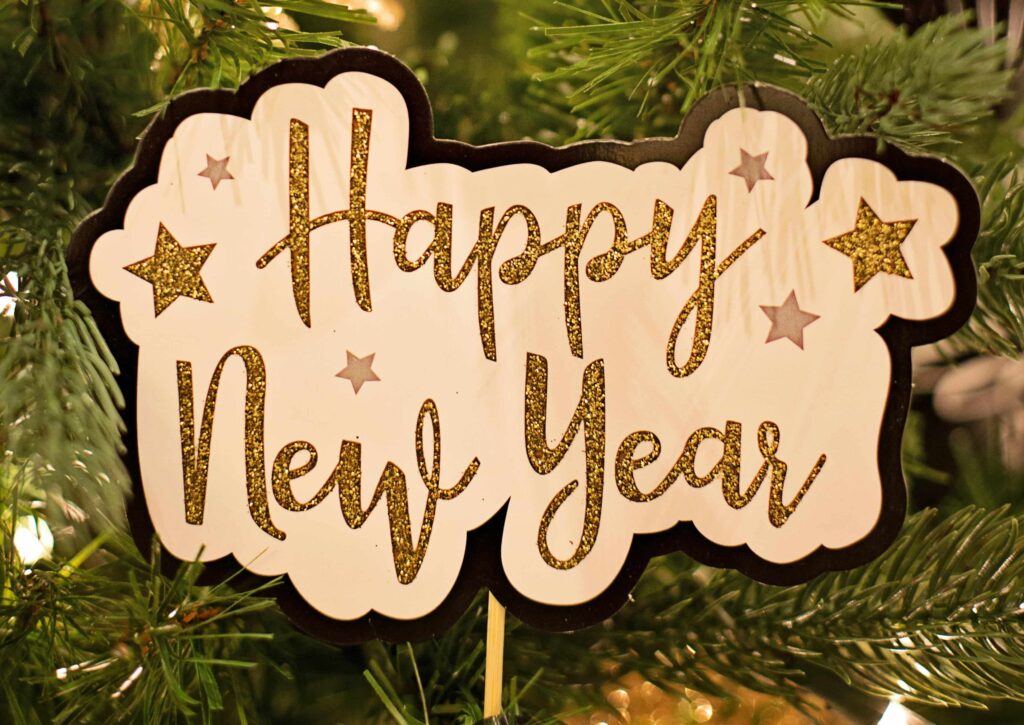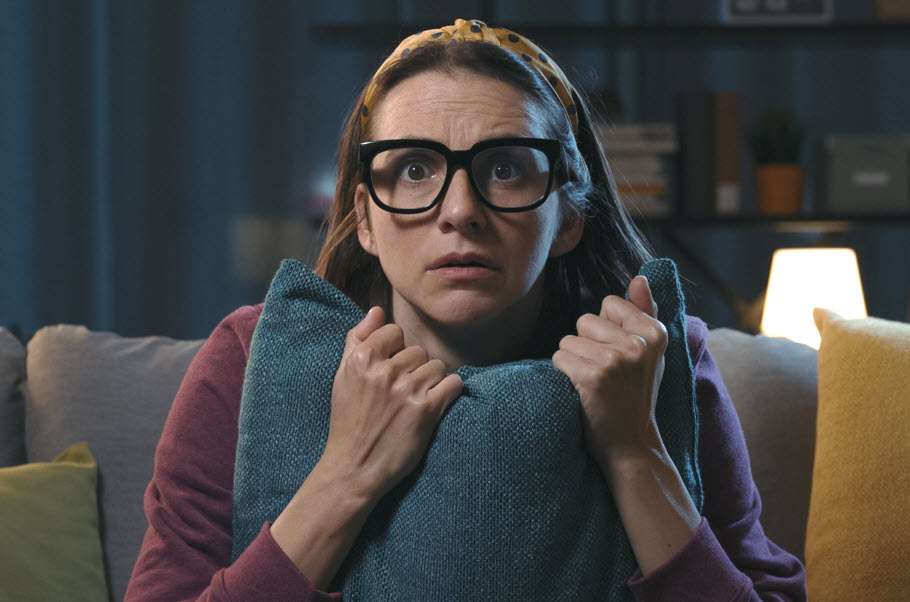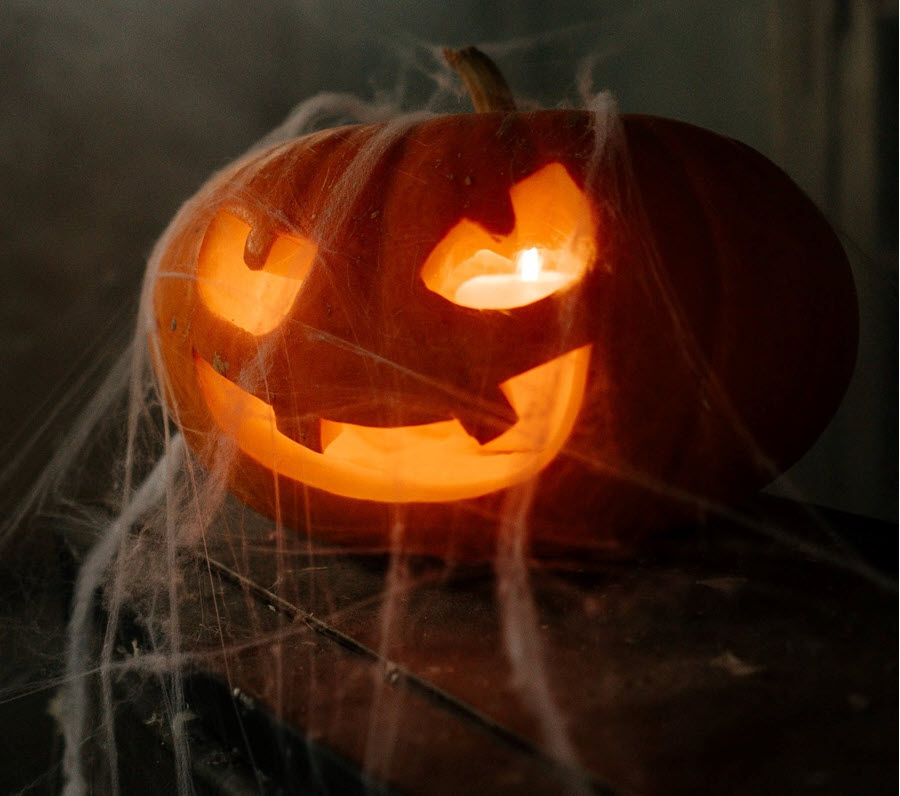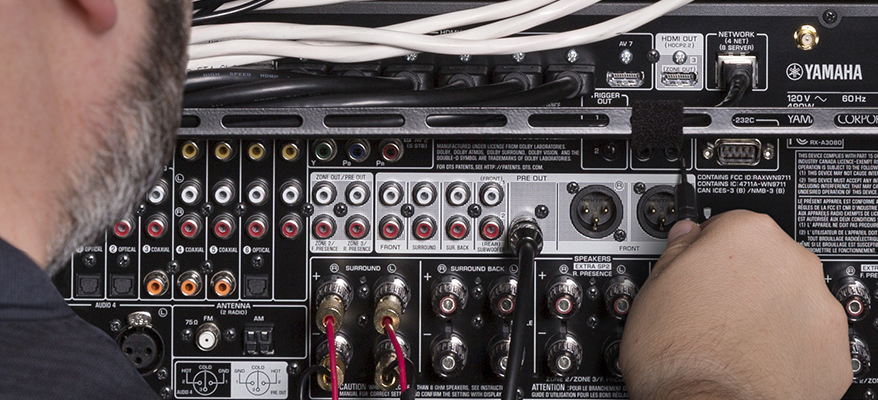The Importance of Film Scores
A look at how a film’s soundtrack can enhance the viewing experience.
One of the most vital elements of a film is its score — the soundtrack that guides the viewer through each scene. Depending on the genre, the use of music can vary from minimal, such as a slice-of-life art film where the lack of music mimics the ambience of reality, to maximal, with epic orchestral arrangements adding to the grandeur of a big-budget adventure or sci-fi flick.
In the beginning, there were silent films, where actual live musicians and orchestras would perform music to accompany the action onscreen. (In those bygone days, the score was arguably even more important, as it was the only audible facet.) In the decades since, movie scores have become more dynamic and nuanced — and more rooted to what’s happening in any given scene. Sometimes it serves merely as subtle background music, embedded beneath the dialogue and intentionally undistracting. Other times it booms out of your home theater system or sound bar, lending an emotional tug to a climactic scene or turning point in the plot.
Here are some examples of how the score can enhance the viewing experience and help tell a film’s story.
The Theme Song
There’s no better way to ensnare the viewer than opening a film with a memorable theme song. It can set the tone and mood from the get-go, instantly capturing the audience’s imagination before a single character has even stepped onscreen.
Such was the case when moviegoers attended the first Star Wars in 1977. The opening orchestral blast of composer John Williams’ iconic theme immediately transported you to a galaxy far, far away. With its soaring melody and triumphant energy, it’s widely considered the greatest theme of all time. Other examples of notable theme songs include those in The Pink Panther series and the many James Bond films as well as The Godfather, The Terminator and Rocky.
The Atmosphere
The core function of a movie score is to provide atmosphere and ambience, accenting scenes and transitions with music of an appropriate mood. The late Vangelis’ soundtrack to Blade Runner is a perfect example. The implementation of synthesizers and electronic instrumentation brings the viewer right into director Ridley Scott’s futuristic dystopian rendering of Los Angeles.
On a more rustic note, Radiohead guitarist Jonny Greenwood’s original score for There Will Be Blood projects the gothic Americana vibe of the movie with music equally as harrowing as actor Daniel Day Lewis’ star performance. The same could be said for Ry Cooder’s score for Paris, Texas, which also has a dark Americana tinge. Stripped down to sparse acoustic instrumentation and lonesome, lingering notes, Cooder’s soundtrack captures all the bleakness and depression that fills the screen.
Conversely, the absence of a score is sometimes the best way to reflect a film’s atmosphere. As an example, the road movie Radio On prefers the use of natural sound, and the only accompanying music is what the protagonist himself hears as he makes a lonely drive across Britain.
The Action and Suspense
It’s hard to imagine some movie sequences — especially in the action, thriller and horror genres — without music befitting of the onscreen energy. These scenes would feel pretty empty otherwise. In Alien, for example, the unsettling dark ambience of Jerry Goldsmith’s score actively promotes the terrifying uncertainty felt by the characters themselves, projecting the sense of looming fear onto the viewer. Howard Shore’s soundtrack to The Lord of the Rings trilogy is chock full of high-energy orchestral arrangements, providing epic musical accompaniment for The Battle for Middle Earth and its many sword duels and clashes.
Chase sequences can also benefit from a musical accompaniment that drives forward with equal intensity, thus amplifying the rush of action taking place. Post-apocalyptic action flick Mad Max features many such scenes, with screeching horns and brass underpinning the violent car chases and roadside skirmishes.
The Character Fanfare
Some films incorporate a fanfare to remind the audience of a particular character throughout a film. These pieces are musically synonymous with their respective character, with some obvious examples being Michael Myers in Halloween (sinister piano and string pads), Darth Vader and “The Imperial March” from Star Wars (martial orchestral), and of course, James Bond (spy surf rock).
Even if you hear these themes out of the context of the movies, the characters still come to mind. This is particularly effective in films with many characters, such as The Lord of the Rings trilogy, providing viewers an aural cue to help identify everyone. Here, Shore primarily uses folk instrumentation and whimsical flutes for the hobbits, haunting harmonious choirs for the elves, pounding orchestral percussion for the orcs, etc. Each group of characters has its own sonic palette.
The Soundtrack as a Storytelling Device
Some films even use the score as a tool to tell the story or advance the plot. Take John Williams’ Jaws theme: The repetitious one-two string sweep is central to the shark attack scenes, gradually raising the level of suspense until disaster strikes. A more modern example can be found in the film Uncut Gems, with its soundtrack of shrieking noises and high-pitched frequencies actively disturbing the audience on a visceral and physical level, mirroring the anxiety experienced by the characters themselves.
The 1982 experimental art film Koyaanisqatsi took the concept even further. A commentary on the relationship between humanity and nature, it has no tangible plot or dialogue. Instead, a series of beautifully shot images are presented, accompanied by music from modern minimalist composer Philip Glass. The score and visuals run parallel, taking on an equal importance.
The Climax
Lastly, a film’s climax is a key moment for any score composer. At the emotional high point of the plot, the music must match it in intensity and grandeur. The 1939 epic Gone with the Wind is considered one of the greatest films of all time, and Max Steiner’s score receives equal praise. When tragedy strikes in the climactic scene, the sweeping melancholy of the orchestral arrangement is enough to bring a tear to the eye. Another example of more recent vintage is Prince’s “Purple Rain” — a tear-jerkingly beautiful use of music that makes its appearance during the peak moment of the film of the same name.















